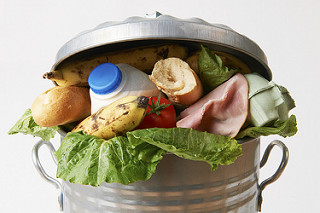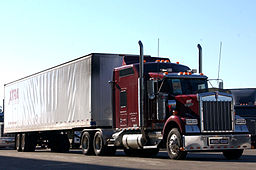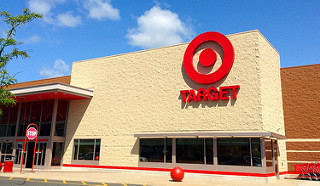3 Ways to Fight Back Against Food Waste

Food waste is a major problem in the U.S. Business Insider reports that one-third of all food
produced in the U.S goes to waste, which equals 133 billion pounds of food per year.
Supermarkets are some of the worst offenders. Big brands like Walmart have been caught
dumping food into the dumpster because it was nearing its shelf life. Check out these three ways
you can fight back against food waste.
Donate Food to People in Need
Millions of people go hungry every day, resulting in a worldwide problem with no easy solution. To address this issue, many supermarkets have opted to donate food to people in need as it nears the end of its shelf life. There aren’t enough programs for supermarkets to turn to, though. Local governments and nonprofit organizations should work with supermarkets to distribute the food before it goes to waste.
The federal government promotes food donation through tax breaks from Internal Revenue Code 170(e)(3), the Bill Emerson Good Samaritan Food Donation Act, and the U.S. Federal Food Donation Act of 2008. Supermarkets can look for programs in their area to facilitate the pickup and distribution of food before it goes to waste.
Educate Consumers About Shelf Life
Another reason for food waste is that customers often don’t know that there’s a difference between an expiration date and a sell-by date. Most foods last long after the sell-by date. However, many supermarkets pull food from their shelves long before the sell-by date because they know customers won’t buy it. More consumer education in this area could go a long way in preventing food waste at supermarkets.
Customers also carefully pick their produce based on shape and color. That means many retailers throw out produce that has odd shapes or small imperfections. Since shape, size, and color don’t usually affect produce quality, educating customers or donating imperfect food could reduce waste.
Monitor Supply Chain Costs and Efficiency
Supermarkets try to stay fully stocked so customers don’t go to competitors instead. Plus, customers are more likely to buy produce from an overstocked display because they believe that the produce is more fresh. This business model leads to waste because supermarkets constantly rotate food to keep it fresh before waiting for the older food to reach the end of its shelf life.
Better supply chain planning and routing to create higher visibility would help prevent food waste. That way supermarkets can stay stocked but not so overstocked that excessive food waste occurs.
Supermarkets can also extend the shelf life of produce and other products with careful temperature monitoring. That means turning to shippers that offer refrigeration. For instance, Penske reports that raising the temperature of bagged salad from 34 to 42 degrees during shipment decreases the shelf life by five days.
Supermarkets should look closely at their supply chains and identify ways to reduce food waste. Many small changes can make a huge difference in terms of decreasing food waste while saving money at the same time.








